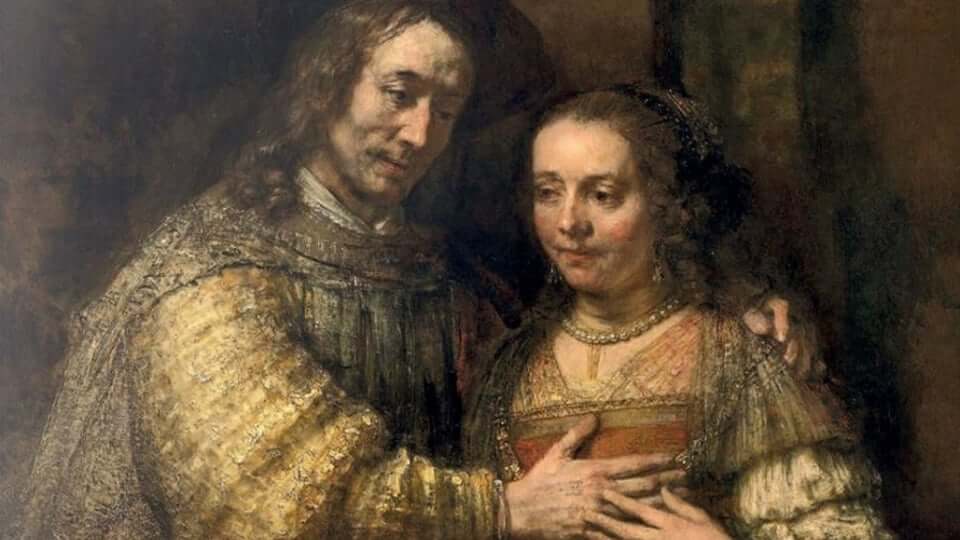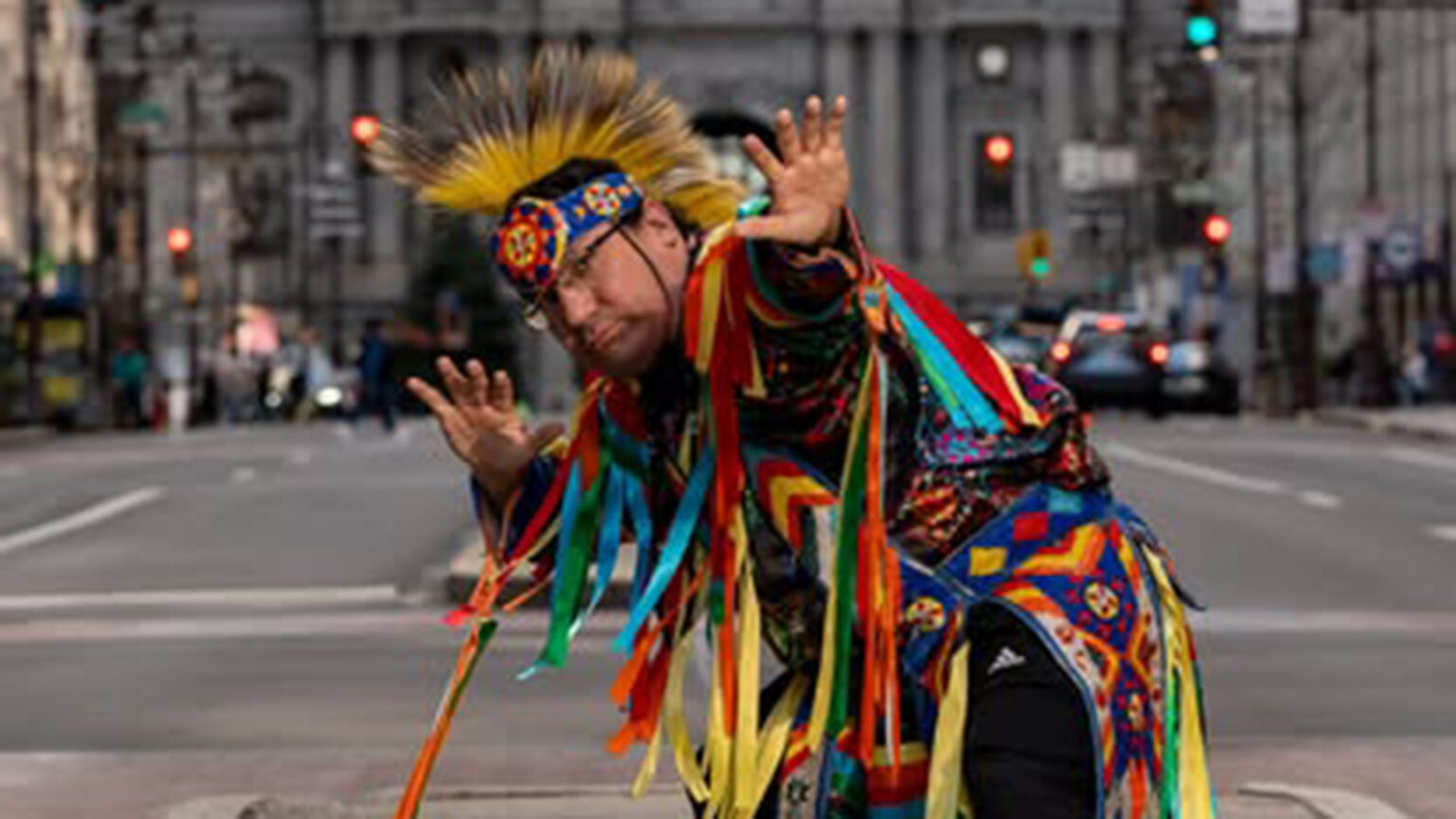originally published: 09/26/2025

Zanele Muholi, Massa and Minah II, from the series Massa and Minnah, 2008. Princeton University Art Museum. Gift of Christopher E. Olofson, Class of 1992. © Zanele Muholi, courtesy of the artist and Yancey Richardson, New York. Photo: Jeff Evans
(PRINCETON, NJ) -- Princeton Collects and Toshiko Takaezu: Dialogues in Clay, the inaugural exhibitions in the Princeton University Art Museum's new building, will premiere to the public on October 31, 2025, during the Museum's 24-Hour opening celebration. As befits a moment of such monumental reshaping, the building will open with a focus on the Museum's collections, including recent gifts and promised gifts of art as well as the story of how the collections have been shaped since their origins in the 1750s.
Princeton Collects, on view through March 29, 2026, highlights the transformative works of art donated on the occasion of the new Museum's opening, building on a tradition of philanthropy dating to the eighteenth century. This exhibition occupies the Museum's second-level special exhibitions galleries, with select objects strategically incorporated into several collections galleries.
Curated by Museum Director James Steward and the whole of the Museum's curatorial team, the approximately 150 works of art on view span time periods, cultures, geographies, and media to explore compelling intersections among the works. The result of a "campaign for art" that began in 2021 with the goal of bringing strategic new gifts and promised gifts to strengthen the Museum's already dynamic collections, the exhibition includes landmark Abstract Expressionist paintings, historic and contemporary photography, early American furniture, nineteenth-century British art, and more. The largest painting executed to date by the Irish American artist Sean Scully anchors the exhibition, alongside works by Emile Zola, Edward Steichen, Balthus, Hans Hofmann, Joan Mitchell, Sheila Hicks, Emmet Gowin, Dona Nelson, Zanele Muholi, and many others.

Willem de Kooning, Woman II, 1961. Promised gift of Preston H. Haskell, Class of 1960 © The Willem de Kooning Foundation / Artists Rights Society (ARS), New York. Photo: Douglas J. Eng
"Princeton Collects is a testament to the enduring legacy and impact of philanthropy, which has fundamentally shaped our collections over the course of more than 270 years," notes James Steward, Nancy A. Nasher–David J. Haemisegger, Class of 1976, Director of the Princeton University Art Museum. "Over the past four years, more than 200 benefactors donated more than 2,000 works of art on the occasion of this once-in-a-century remaking of our Museum, so it is only fitting that we find ways of exploring the narratives of collecting up to the present moment."
Toshiko Takaezu: Dialogues in Clay positions the pioneering artist and longtime Princeton professor Toshiko Takaezu (1922–2011) as one of the most important experimental voices of the 1960s and '70s. Installed in the Welcome Gallery located on the Museum's first floor, this focused look at Takaezu's work in context will be on view through July 5, 2026.
Dialogues in Clay centers Takaezu within a network of artistic exchanges, displaying ceramics she created while working at Princeton alongside works by her teachers and contemporaries, such as Maija Grotell and Peter Voulkos. The exhibition traces Takaezu's experiments with what she called "closed forms"—ceramic bowls enclosed to create nonfunctional spheres or cylinders—across half a century, showcasing the artist's lifelong commitment to exploring the form's scale, shape, and surface.

Toshiko Takaezu, Moon, 1987-88. Princeton University Art Museum. Gift from members of the Class of 1969. © 1987-88, Toshiko Takaezu
As an instructor in Princeton University's visual arts program from 1967 to 1992, Takaezu trained a generation of students in her holistic and rigorous approach. By incorporating the work of Takaezu's peers, including Helen Frankenthaler, Robert Motherwell, and Isamu Noguchi, the exhibition evokes the dynamic artistic atmosphere of the period, positions Takaezu's experimental ceramics at its center, and finds striking, previously unexplored parallels in these artists' practices.
"Toshiko shaped the visual arts at Princeton—as a teacher, mentor, and visionary artist—so it felt deeply meaningful to open this next chapter of the Museum's life in her company. This exhibition grows out of our collections and expands upon them, tracing Takaezu's artistic community over decades and offering a model for rethinking postwar art through the work of a Japanese American woman maker," said Juliana Ochs Dweck, chief curator of the Princeton University Art Museum. "Takaezu's willingness to push the boundaries of the medium reflects the artistic upheaval of her time and made her a fearless and deeply exciting creator across her career."
"Our inaugural exhibitions demonstrate how our new building gives us space and architecture that is worthy of and amplifies the brilliance of the collections," says Steward. "They establish the dynamism of the collections today and how much they have been shaped by individuals to reflect a teaching museum at a university like Princeton. We are honored to be entrusted with the care, presentation, and interpretation of such works which we steward in the public trust."
With a collecting history that extends back to 1755, the Princeton University Art Museum is one of the leading university art museums in the country, featuring collections that have grown to include more than 117,000 works of art ranging from ancient to contemporary art and spanning the globe. Committed to advancing Princeton's teaching and research missions, the Museum also serves as a gateway to the University for visitors from around the world.
The new Museum opens with a 24-Hour Open House event beginning on October 31, 2025.

Toshiko Takaezu, White Tamarind, 1963. Princeton University Art Museum. Gift of the artist. © Toshiko Takaezu. Photo: Bruce M. White
Princeton Collects is made possible by The Allen R. Adler, Class of 1967, and Frances Beatty Adler Exhibition Fund; The Donna and Hans J. Sternberg, Class of 1957, Art Museum Program Fund; The Melanie and John Clarke Exhibition Fund; and contributors to the Director's Exhibition Fund.
Toshiko Takaezu: Dialogues in Clay is made possible by The Judith and Anthony B. Evnin, Class of 1962, Exhibition Fund; The Kathleen C. Sherrerd Program Fund for American Art; The Melanie and John Clarke Exhibition Fund; and contributors to the Director's Exhibition Fund.
FEATURED EVENTS
To narrow results by date range, categories,
or region of New Jersey
click here for our advanced search.





















